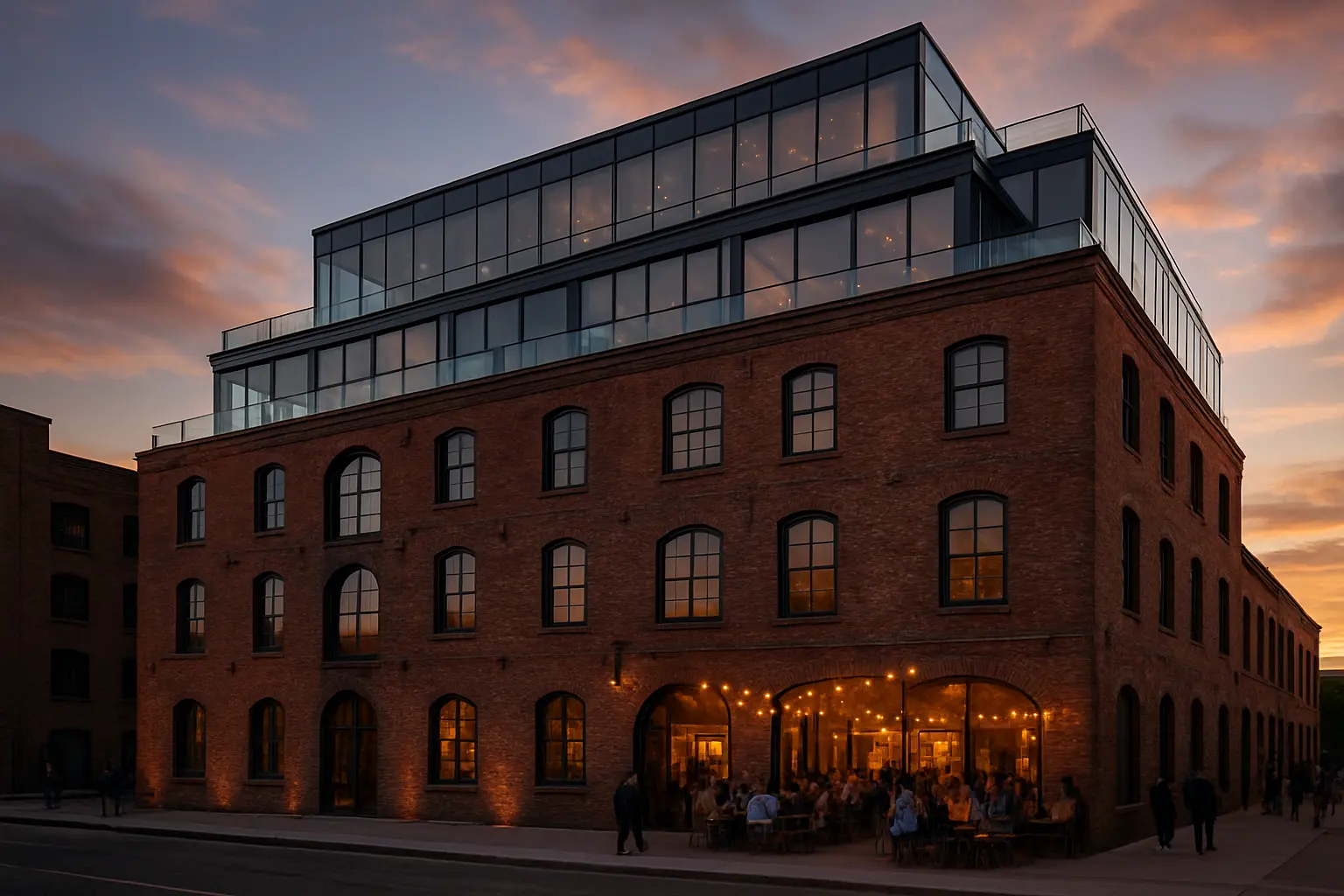From Warehouses to Wonderlands: NYC's Industrial Space Revolution
How New York's abandoned industrial properties are transforming into coveted mixed-use developments, creating unprecedented opportunities for investors and residents alike.

The Evolution of New York's Industrial Landscape
New York City's industrial heritage, once the backbone of America's manufacturing might, is experiencing an unprecedented transformation. Across the five boroughs, forgotten warehouses and manufacturing facilities are shedding their utilitarian past to emerge as innovative mixed-use spaces that capture the imagination of developers, residents, and businesses alike.
These architectural giants, with their characteristic high ceilings, expansive windows, and robust structural frameworks, are proving to be perfect candidates for adaptive reuse projects that speak to modern urban needs while preserving the city's industrial character.
The Perfect Fusion: Commercial Meets Residential
Modern developers are revolutionizing the concept of urban living by masterfully blending commercial and residential spaces within these converted industrial buildings. The approach creates vibrant, self-sustaining communities that offer unique advantages:
- Versatile Spaces: Open floor plans that can accommodate both living and working environments
- Historical Character: Preserved industrial elements that add authentic charm and character
- Sustainable Development: Reduced environmental impact through building reuse
- Community Integration: Mixed-use spaces that foster neighborhood interaction
Design Elements That Define Success
The most successful conversions maintain a delicate balance between preserving historical elements and introducing modern amenities. Key features often include:
- Exposed brick walls and original timber beams
- Energy-efficient windows that maintain industrial aesthetics
- Rooftop gardens and community spaces
- Ground-floor retail and restaurant spaces
- State-of-the-art technology integration
Success Stories Across the Boroughs
Across New York City, numerous industrial conversions stand as testaments to successful adaptive reuse. In Brooklyn's DUMBO neighborhood, former textile factories now house tech startups alongside luxury apartments. Long Island City's transformation from manufacturing hub to residential hotspot continues to draw investors and residents alike.
"These developments aren't just about creating living spaces – they're about crafting communities that honor the past while embracing the future," notes a prominent New York real estate developer.
Community Impact
The ripple effects of these transformations extend far beyond the buildings themselves:
- Creation of new job opportunities in retail and services
- Increased property values in surrounding areas
- Enhanced neighborhood safety through activated street life
- Preservation of local architectural heritage
The Future of Mixed-Use Developments
The market for converted industrial spaces shows no signs of slowing down. Investors continue to identify opportunities in emerging neighborhoods, while developers push the boundaries of innovative design and community integration.
Investment Opportunities
For investors, these projects represent compelling opportunities:
- Early-Stage Investment: Potential for significant returns in emerging areas
- Diverse Revenue Streams: Income from both commercial and residential tenants
- Strong Market Demand: Growing preference for unique, character-rich spaces
- Value Appreciation: Consistent growth in property values
As New York City continues to evolve, these industrial space conversions represent more than just real estate developments – they're creating the future of urban living while preserving the soul of the city's industrial past. The revolution in adaptive reuse is not just transforming buildings; it's reimagining the very fabric of New York's neighborhoods for generations to come.


